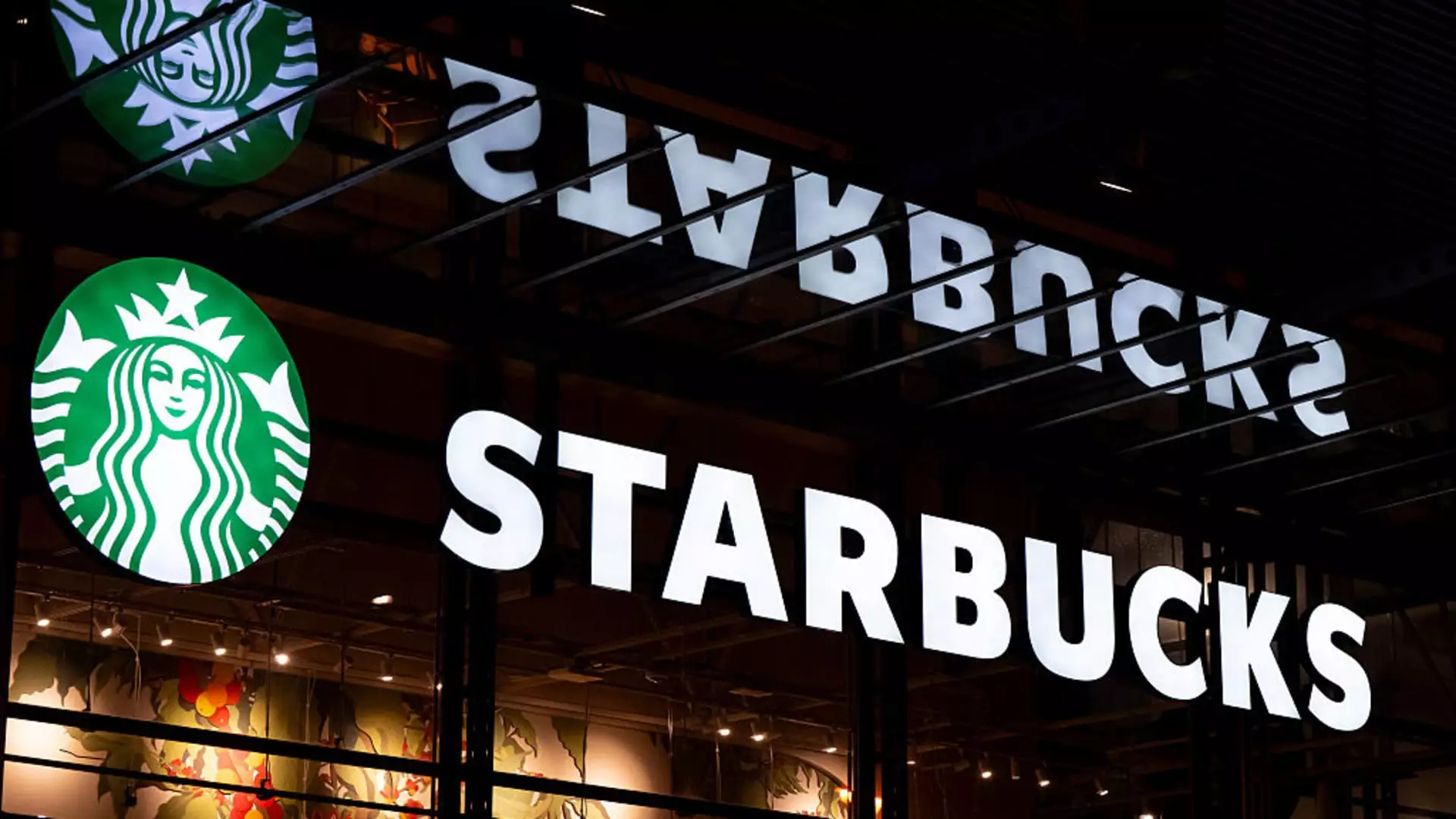In today’s volatile economic landscape, corporate giants are performing a theatrical act of dominance and retreat. While some companies surge forward, driven by robust earnings and promising forecasts, others stumble and falter under the weight of oversold expectations and strategic missteps. This landscape is not simply a reflection of financial health but a mirror to the shifting balance of power, where market sentiment often tilts the scales more than actual performance. The contrasting movements of these companies underscore a fundamental reality: markets are increasingly driven not just by fundamentals, but by narratives and perceptions that can be manipulated by both optimism and undue skepticism.
Take PepsiCo, for instance, which demonstrated resilience and strength, rising 3% after surpassing sales and earnings expectations. But such optimism masks the underlying fragility—can the company continue this upward momentum amid rising costs and global economic uncertainties? The focus on short-term beats often distracts from long-term vulnerabilities. Meanwhile, Starbucks’ 1.6% dip, attributed to a downgrade from Jefferies, reveals how even a strong brand with expanding global footprint can be vulnerable to harsh analyst opinions that may overly exaggerate minor setbacks, such as stagnant fundamentals or market saturation.
In the tech sector, Taiwan Semiconductor Manufacturing’s impressive 3.3% gain reflects the promise of innovation and growth trajectory, which is critical for industry leadership. Yet, will this momentum sustain against geopolitical risks and supply chain disruptions? Similarly, GE Aerospace’s modest increase underscores the importance of beating expectations, but the true test will be whether the company can maintain this level amid rising competition and technological obsolescence. Market champions often appear invincible in these moments, yet beneath the surface, they face relentless headwinds that threaten their dominance.
Faltering Giants and Overheated Optimism
On the other end of the spectrum, U.S. Bancorp’s 4% decline offers a sobering reminder: not all financial stocks can hide behind positive macroeconomic momentum. When earnings fall short of expectations, investor sentiment swiftly shifts, exposing vulnerabilities in even the most seemingly stable institutions. The banking sector is emblematic of this truth—predicated on interest rate spreads and economic stability—both of which are under siege from macroeconomic headwinds.
Similarly, United Airlines’ 1% loss, despite beating earnings forecasts, reveals how revenue figures often overshadow sentiment in jet-setting corridors. Investors have become increasingly wary of the sustained impacts of inflation, fuel costs, and consumer spending fatigue. Market narratives, especially around travel stocks, are becoming increasingly fragile, revealing an overreliance on optimistic projections that may not materialize as expected.
Meanwhile, the decline of companies like Archer-Daniels-Midland and MP Materials underscores how strategic shifts and public offerings can quickly turn sour when larger policy debates and market perceptions shift. The announcement of Coca-Cola potentially switching to cane sugar—having rippling effects on suppliers like Archer-Daniels—can threaten supply chains and market stability. Such shocks reveal the interconnectedness of sectors and the dangers of overestimating stability in a world where political discourse can dramatically influence corporate trajectories.
Strategic Restructuring and the Illusion of Resilience
Sarepta Therapeutics’ stunning 29% surge illustrates the power of strategic restructuring—even when it involves layoffs and internal upheaval. However, this short-term rally belies a deeper movement driven by market speculation about future savings and market share gains. In this game, the narrative of innovation and cost-cutting often serves as smoke and mirrors, masking internal vulnerabilities that could surface when market optimism wanes.
Conversely, Abbott Laboratories’ downward revision of guidance exposes how expectations can swiftly turn pessimistic, especially when companies fail to meet Wall Street’s lofty estimates. The disconnect between second-quarter results and guidance points to a fragile rally where even slightly shortfalls can precipitate significant sell-offs, illustrating the fickle nature of investor confidence.
Finally, Shake Shack’s downgrade highlights the dangers of excessive optimism baked into stock evaluations. When analysts suggest that near-term sales trends are overly optimistic, it becomes painfully clear how narratives can inflate stock prices beyond sustainable levels. Investors driven by greed and the fear of missing out often neglect the quieter but necessary reality checks presented by strategic and fundamental concerns.
These market movements expose a vital truth: in the modern economy, perception often outweighs performance. Companies that seem invincible one day can falter the next, as narratives shift and market psychology takes precedence over tangible results. For those willing to look critically beneath the surface, the landscape is a battleground of competing stories—each vying for dominance, often at the expense of genuine stability. The winners will be those who understand this fluid power dynamic and are not swayed by the allure of short-term hype or the despair of temporary setbacks.

